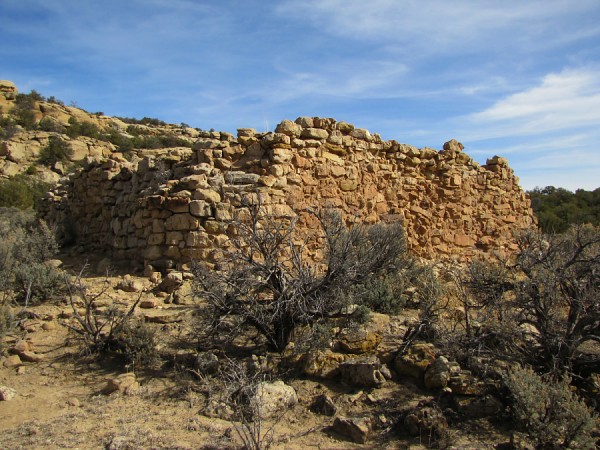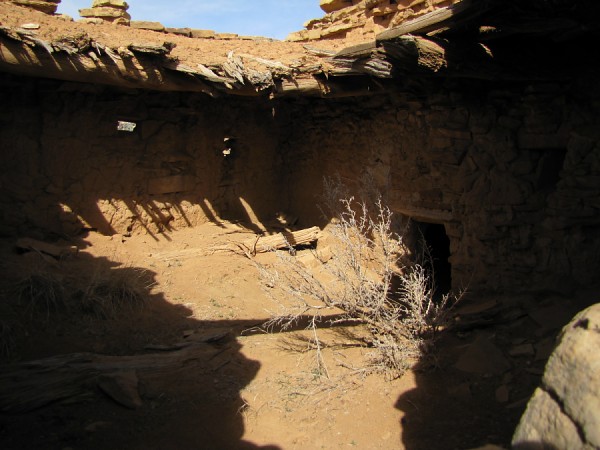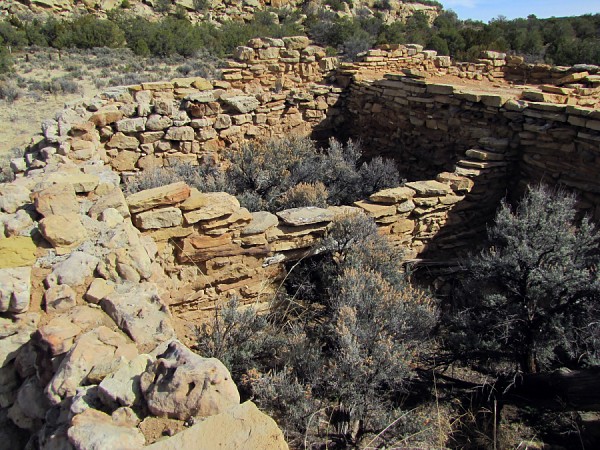Dinetah Archaeology
Tapacito Pueblito
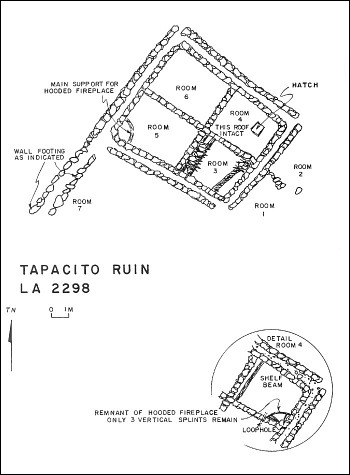
The site consists of a pueblito, five forked-pole hogans, one masonry-based cribbed-log hogan ring, remnants of a masonry structure, several hearth areas, and a possible pit structure (Towner 2003). It has no exterior doors or windows and access to the rooms was by roof hatches and ladders. It originally had at least four, possibly seven ground floor rooms and a parapet or second story. Its massive three-foot thick walls were constructed using a technique called "core-and-veneer," in which two walls of sandstone slabs were built a foot or so apart, and then the space between them was filled with rubble and adobe (Powers and Johnson 1987). The pueblito contains both Pueblo and Spanish architectural elements such as viga and latilla roof construction, interior wall plaster, and the remnants of corner hooded fireplaces.
Ceramic Wares: Ceramics identified from the site include Dinetah Gray, Gobernador Polychrome, Zia-Acoma, Rio Grande Glazawares, and Ocate Micaceous (Plains Apache) wares (Towner 2003).
Tree-ring Analysis: Over the past 50 years, 44 tree-ring samples have been collected by three investigations (Hall and Stallings in 1941; Wilson and Warren in 1974; Towner and Dean in 1992). Species of Pinion, Ponderosa Pine, Douglas-fir and Cottonwood are represented. There was evidence of metal ax use on several specimens. Dates obtained from the samples indicate that one of the hogans was built in 1690, while the core of the pueblito was built in 1694 (Towner 2003). The pueblito was stabilization in 1975 by the BLM (BLM Site Plaque).
| Land Owner: | Bureau of Land Management |
| Site Elevation: | 6430 ft / 1960 m |
| Hiking Difficulty: | Easy =
Someone in fair hiking condition; Distance about 200 feet; Elevation gain less than 20 feet. |
| References: | |
| Hall, E.T. Jr. and W.S. Stallings 1941
Field notes on file, Laboratory of Tree-Ring Research. University of Arizona, Tucson. |
|
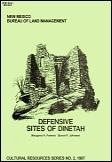 |
Powers, Margaret A. and Byron P. Johnson 1987
Defensive Sites of Dinetah. New Mexico Bureau of Land Management Cultural Resources Series No. 2, 1987. U.S. Dept of the Interior, Bureau of Land Management, Albuquerque District. |
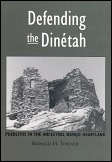 |
Towner, Ronald H. 2003
Defending the Dinetah: Pueblitos in the Ancestral Navajo Heartland. The University of Utah Press, Salt Lake City, Utah. |
 |
Towner, R.H. and J.S. Dean 1992
LA 2298 The Oldest Pueblito Revisted. Kiva 59:3 15-31. |
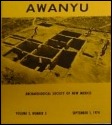 |
Wilson, J.P. and A.H. Warren 1974
LA 2298 The Earliest Pueblito? Awanyu 2:8-26. |
More Information
Other Pueblitos
| ➠ Return to Archaeology Page |
Report Vandalism
Report any vandalism to the Bureau of Land Management hot line at (505) 564-7600.For in progress incidents, request a BLM Ranger through Non-Emergency Dispatch (505) 334-6622.

